Help Shape India’s First Centralized Bioacoustics Database – 5 Min Survey
13 May 2025 3:01pm
HawkEars: a high-performance bird sound classifier for Canada
13 May 2025 11:00am
Please take 2-minute survey on undergraduate education in Movement Ecology
13 May 2025 9:37am
Proposing a new group
14 April 2025 2:21pm
@dmontecino Not quite yet! We will make an announcement when it opens in May.
9 May 2025 5:08pm
@dmontecino @jenniferyu_viewdvm The article on how to go about proposing a new group is live:
https://wildlabs.net/article/interested-starting-new-group-wildlabs-start-preparing-your-application
LMK if you have any questions!
AgTech: Breaking out of silos
29 April 2025 6:24am
9 May 2025 5:07pm
@amberbc Hey Amber! The article on how to go about proposing a new group is live:
LMK if you have any questions!
Interested in starting a new group on WILDLABS? Start preparing your application
9 May 2025 4:59pm
WILDLABS AWARDS 2024 - Innovative Sensor Technologies for Sustainable Coexistence: Advancing Crocodilian Conservation and Ecosystem Monitoring in Costa Rica
11 July 2024 11:30pm
14 December 2024 6:41pm
¡Muchas gracias @vanereyes, apreciamos su apoyo!
4 February 2025 11:44am
Super interesting! I'm currently developing sensor accelerometers for fence perimeters in wildlife conservation centres. I think this is a really cool application of accelerometers; I would love to know how the sensor which you developed for part 3 looked like, or what type of software/machine learning methods you've used? Currently my design is a cased raspberry pi pico, combined with an accelerometer and ml decision trees in order to create a low-cost design. Perhaps there is something to be learnt from this project as well :)
4 February 2025 2:45pm
Wonderful video! Really impressive :)
Survey on Earth Observation in Wildlife Ecology
8 May 2025 12:42pm
Prospective NSF INTERN
11 February 2025 10:00am
8 May 2025 8:51am
My name is Frank Short and I am a PhD Candidate at Boston University in Biological Anthropology. I am currently doing fieldwork in Indonesia using machine-learning powered passive acoustic monitoring focusing on wild Bornean orangutans (and other primates). I am reaching out because as a student with a National Science Foundation Graduate Research Fellowship, I am eligible to take advantage of the NSF INTERN program which supports students to engage in non-academic internships through covering a stipend and other expenses, with the only caveat being that the internship must be in-person and not remote. I was wondering if any organizations in conservation technology would be interested in a full-time intern that would be coming in with their own funding?
In addition to experience with machine learning and acoustics through training a convolutional neural network for my research, I also have worked with GIS, remote sensing, and animal movement data through other projects. Further, I have experience in community outreach both in and outside of academic settings, as I previously worked for the Essex County Department of Parks and Recreation in New Jersey for 3 years where I created interpretive signs, exhibits, newsletters, brochures, and social media posts. Now while doing my fieldwork in Indonesia, I have led hands-on trainings in passive acoustic monitoring placement and analysis as well as given talks and presentations at local high schools and universities.
I would love to be able to use this opportunity (while the funding still exists, which is uncertain moving forward due to the current political climate in the US) to exercise and develop my skills at a non-academic institution in the conservation technology sphere! If anyone has any suggestions or is part of an organization that would be interested in having me as an intern, please contact me here or via my email: fshort@bu.edu geometry dash. Thank you!
Hi Frank, your work sounds incredibly valuable and well-aligned with current needs in conservation tech. With your strong background in machine learning, acoustics, GIS, and outreach, you’d be an asset to many organizations. I’d recommend looking into groups like Rainforest Connection, Wildlife Acoustics, or the Conservation Tech Directory (by WILDLABS)—they often work on acoustic monitoring and might be open to in-person internships, especially with funding already in place. Best of luck finding the right match—your initiative is impressive!
Weed-AI: Supporting the AI revolution in weed control
7 May 2025 10:58pm
Advice for Junior Web Developer
7 May 2025 9:45pm
Technology in Wildlife Welfare Workshop (in-person, UK)
6 May 2025 7:46pm
THE I4N AWARD
6 May 2025 7:27pm
iNaturalist tips & tricks?
28 April 2025 5:33am
2 May 2025 3:43pm
I'm new to iNaturalist but I did a personal project recently that made use of it's awesome API.
I used it to fetch only research-grade, open-location spider sightings, then performed a spatial join with Wildlife Trust regional boundary data (via an ArcGIS REST service) using GeoPandas. I visualised the results on an interactive Folium map with clustering, and set up a Prefect workflow to keep the data updated monthly. Final outputs include a clean CSV for analysis and the live map. You can see the project here
GitHub - mgadhvi/spider-project: This project uses iNaturalist spider sightings and Wildlife Trust boundary data to create an interactive map, helping visitors identify spider species they might encounter in different Wildlife Trust regions across the UK.
This project uses iNaturalist spider sightings and Wildlife Trust boundary data to create an interactive map, helping visitors identify spider species they might encounter in different Wildlife Trust regions across the UK. - mgadhvi/spider-project
Coming from a developer looking to change to nature tech, I found it a well document and easy API to work with :)
6 May 2025 6:34am
Wow! That's awesome! Thanks for sharing!
Is a physical meet possible this 2025?
20 April 2025 4:28pm
21 April 2025 4:56pm
WILDLABS is in the process of organizing a global Conservation Tech Conference - @Adrien_Pajot is leading on that. I think it's meant to be sometime early 2026?
3 May 2025 6:52pm
Wonderful
5 May 2025 8:32pm
Love the idea!!
Monterey Bay, CA here : )
Submit Living Data Abstracts By 25 May for Listen to the Future: Mobilizing Bioacoustic Data to Meet Conservation Goals
5 May 2025 8:02pm
19 May 2025 6:36pm
Counting Problems in Conservation
30 April 2025 6:27pm
1 May 2025 11:25am
Thank you!
3 May 2025 2:21pm
I am not part of this study. But it looks like a good future use case for countGD:
5 May 2025 7:12pm
This looks like a great application, thank you! I wonder if they are planning to run this study in future years.
DIY: Pressure Chamber
17 April 2025 3:31pm
5 May 2025 3:50pm
Yeah, you definitely need to try and purge any air in the tank!
I've seen the effect of a tank lid shearing off, and it wasn't pretty (no one hurt, but it could've very easily been a different story).
5 May 2025 7:07pm
5 May 2025 7:11pm
No air in the vessel. Hydraulic pressure testing is just that because any vessel failure does not cause explosive release of gas and possibly vessel fragments as a result. It is still not pretty, as Thomas Gray says, but it is orders of magnitude safer.
Song of The Cricket
4 May 2025 11:01am
Maps, Education and Community
21 May 2025 2:39pm
21 May 2025 5:46pm
Feedback on PCB for Mothbox
2 May 2025 8:50pm
3 May 2025 7:45am
Nice seeing what you are doing here. Those converters are nice, I’m using them with my portable thermal cameras.
do you have solar power intentions here ? If so, maybe you need a way to detect when the battery is almost out of power?
3 May 2025 2:22pm
The mothbox can currently be attached to a solar panel super easy (just plug in a barrel jack up to 20v 80 watts) and it charges the talentcell battery. We also monitor the power with an adafruit INA260 which can tell if the voltage is getting low. Ideally if we get enough time that will get built into the PCB too!
Post-Doctoral Research Fellow/ Project Manager, University of St. Andrews, UK
2 May 2025 4:31pm
'Boring Fund' Workshop: AI for Biodiveristy Monitoring in the Andes
5 February 2025 5:55pm
8 February 2025 4:29pm
Hey @benweinstein , this is really great. I bet there are better ways to find bofedales (puna fens) currently than what existed back in 2010. I'll share this with the Audubon Americas team.
2 May 2025 2:59pm
Hi everyone, following up here with a summary of our workshop!
The AI for Biodiversity Monitoring workshop brought together twenty-five participants to explore uses of machine learning for ecological monitoring. Sponsored by the WILDLABS ‘Boring Fund’, we were able to support travel and lodging for a four-day workshop at the University of Antioquia in Medelín, Colombia. The goal was to bring together ecologists interested in AI tools and data scientists interested in working on AI applications from Colombia and Ecuador. Participants were selected based on potential impact on their community, their readiness to contribute to the topic, and a broad category of representation, which balanced geographic origin, business versus academic experience, and career progression.
Before the workshop began I developed a website on github that laid out the aims of the workshop and provided a public focal point for uploading information. I made a number of technical videos, covering subjects like VSCODE + CoPilot, both to inform participants, as well as create an atmosphere of early and easy communication. The WhatsApp group, the youtube channel (link) of video introductions, and a steady drumbeat of short tutorial videos were key in establishing expectations for the workshop.
The workshop material was structured around data collection methods, Day 1) Introduction and Project Organization, Day 2) Camera Traps, Day 3) Bioacoustics, and Day 4) Airborne data. Each day I asked participants to install packages using conda, download code from github, and be active in supporting each other solving small technical problems. The large range of technical experience was key in developing peer support. I toyed with the idea of creating a juypterhub or joint cloud working space, but I am glad that I resisted; it is important for participants to see how to solve package conflicts and the many other myriad installation challenges on 25 different laptops.
We banked some early wins to help ease intimidation and create a good flow to technical training. I started with github and version control because it is broadly applicable, incredibly useful, and satisfying to learn. Using examples from my own work, I focused on github as a way both to contribute to machine learning for biology, as well as receive help. Building from these command line tools, we explored vscode + copilot for automated code completion, and had a lively discussion on how to balance utility of these new features with transparency and comprehension.
Days two, three and four flew by, with a general theme of existing foundational models, such as BirdNET for bioacoustics, Megadetector for Camera traps, DeepForest for airborne observation. A short presentation each morning was followed by a worked python example making predictions using new data, annotation using label-studio, and model developing with pytorch-lightning. There is a temptation to develop jupyter notebooks that outline perfect code step by step, but I prefer to let participants work through errors and have a live coding strategy. All materials are in Spanish and updated on the website. I was proud to see the level of joint support among participants, and tried to highlight these contributions to promote autonomy and peer teaching.
Sprinkled amongst the technical sessions, I had each participant create a two slide talk, and I would randomly select from the group to break up sessions and help stir conversation. I took it as a good sign that I was often quietly pressured by participants to select their talk in our next random draw. While we had general technical goals and each day had one or two main lectures, I tried to be nimble, allowing space for suggestions. In response to feedback, we rerouted an afternoon to discuss biodiversity monitoring goals and data sources. Ironically, the biologists in the room later suggested that we needed to get back to code, and the data scientists said it was great. Weaving between technical and domain expertise requires an openness to change.
Boiling down my takeaways from this effort, I think there are three broad lessons for future workshops.
- The group dynamic is everything. Provide multiple avenues for participants to communicate with each other. We benefited from a smaller group of dedicated participants compared to inviting a larger number.
- Keep the objectives, number of packages, and size of sample datasets to a minimum.
- Foster peer learning and community development. Give time for everyone to speak. Step in aggressively as the arbiter of the schedule in order to allow all participants a space to contribute.
I am grateful to everyone who contributed to this effort both before and during the event to make it a success. Particular thanks goes to Dr. Juan Parra for hosting us at the University of Antioquia, UF staff for booking travel, Dr. Ethan White for his support and mentorship, and Emily Jack-Scott for her feedback on developing course materials. Credit for the ideas behind this workshop goes to Dr. Boris Tinoco, Dr. Sara Beery for her efforts at CV4Ecology and Dr. Juan Sebastian Ulloa. My co-instructors Dr. Jose Ruiz and Santiago Guzman were fantastic, and I’d like to thank ARM through the WILDLABS Boring fund for its generous support.
2 May 2025 2:59pm
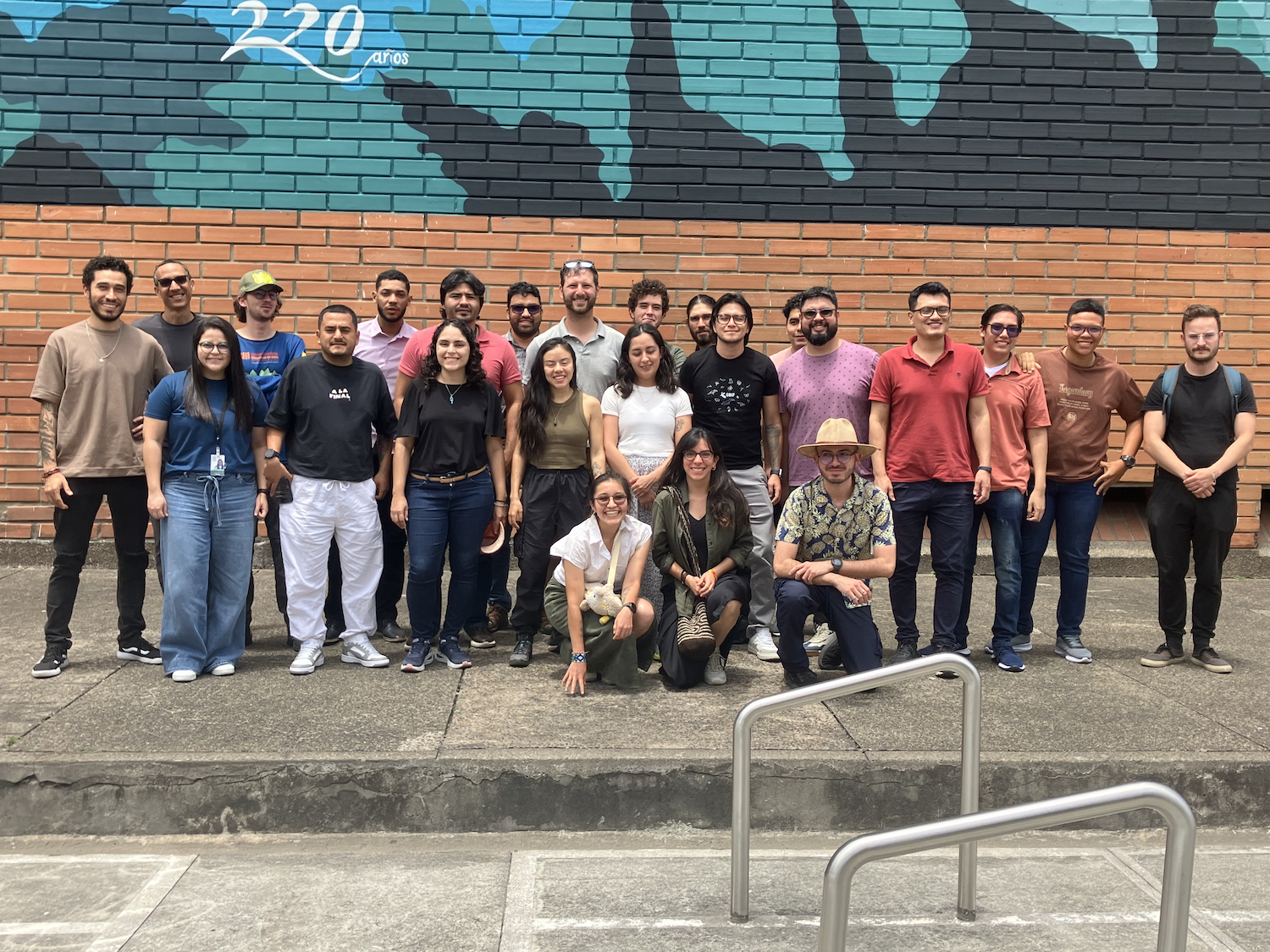
A standard for bioacoustic data - Safe and Sound
2 May 2025 9:51am
AI Edge Compute Based Wildlife Detection
23 February 2025 5:24am
29 April 2025 3:20pm
Sorry, I meant ONE hundred million parameters.
The Jetson Orin NX has ~25 TOPS FP16 Performance, the large YOLOv6 processing 1280x1280 takes requires about 673.4 GFLOPs per inference. You should therefore theoretically get ~ 37fps, you're unlikely to get this exact number, but you should get around that...
Also later YOLO models (7+) are much more efficient (use less FLOPs for the same mAP50-95) and run faster.
Most Neural network inference only accelerators (Like Hailo's) use INT8 models and, depending on your use case, any drop in performance is acceptable.
29 April 2025 3:34pm
Ah I see, thanks for clarifying.
BTW yolov7 actually came out earlier than yolov6. yolov6 has higher precision and recall figures. And I noticed that in practise it was slightly better.
My suspicion is that it's not trival to translate the layer functions from yolov6 or yolov9 to hailo specific ones without affecting quality in unknown ways. If you manage to do it, do tell :)
The acceptability of a drop of performance depends heavily on the use case. In security if I get woken up 2x a night versus once in 6 months I don't care how fast it is, it's not acceptable for that use case for me.
I would imagine that for many wild traps as well a false positive would mean having to travel out and reset the trap.
But as I haven't personally dropped quantization to 8-bits I appreciate other peoples insights on the subject. Thanks for your insights.
1 May 2025 7:32pm
@LukeD, I am looping in @Kamalama997 from the TRAPPER team who is working on porting MegaDetector and other models to RPi with the AI HAT+. Kamil will have more specific questions.
Animal Detect is live
30 April 2025 10:05am
1 May 2025 4:38pm
Super happy to finally have Animal Detect ready for people to use. We are open for any feedback and hope to bring more convenient tools :)
Sustainable financing for open source conservation tech - Open Source Solutions + Funding and Finance Community Meeting
 Pen-Yuan Hsing
and 5 more
Pen-Yuan Hsing
and 5 more
1 May 2025 11:52am
OpenAgTech newsletter: Bringing you the latest in open-source tech for agriculture.
1 May 2025 9:24am
Open Source Agriculture Repository
1 May 2025 9:18am
Detecting animals' heading and body orientation
2 April 2025 10:53am
23 April 2025 8:08pm
Thank you Phil,
That sounds as if it might work (but probably with a turn trigger of around 45 degrees), and the baboon collar is well within the weight limit. Where can I find more details about the collar?
Peter
25 April 2025 10:50am
Hi Peter, Just tell me exactly what you are looking for. I have commissioned these collars from the engineer who originally made my Virtual Fence back in 2016 (still working). The aim is to have a long life while also taking regular readings (5 - 10min) so that animals cannot invade croplands or villages without being detected before they can be do any damage. We have tried to include all possible features that will be useful, while still maintaining low weight and simplicity. Hence no solar and external antennae outside the housing.
Cheers, Phil
1 May 2025 8:50am
Thanks Phil - I have e-mailed you.
Peter









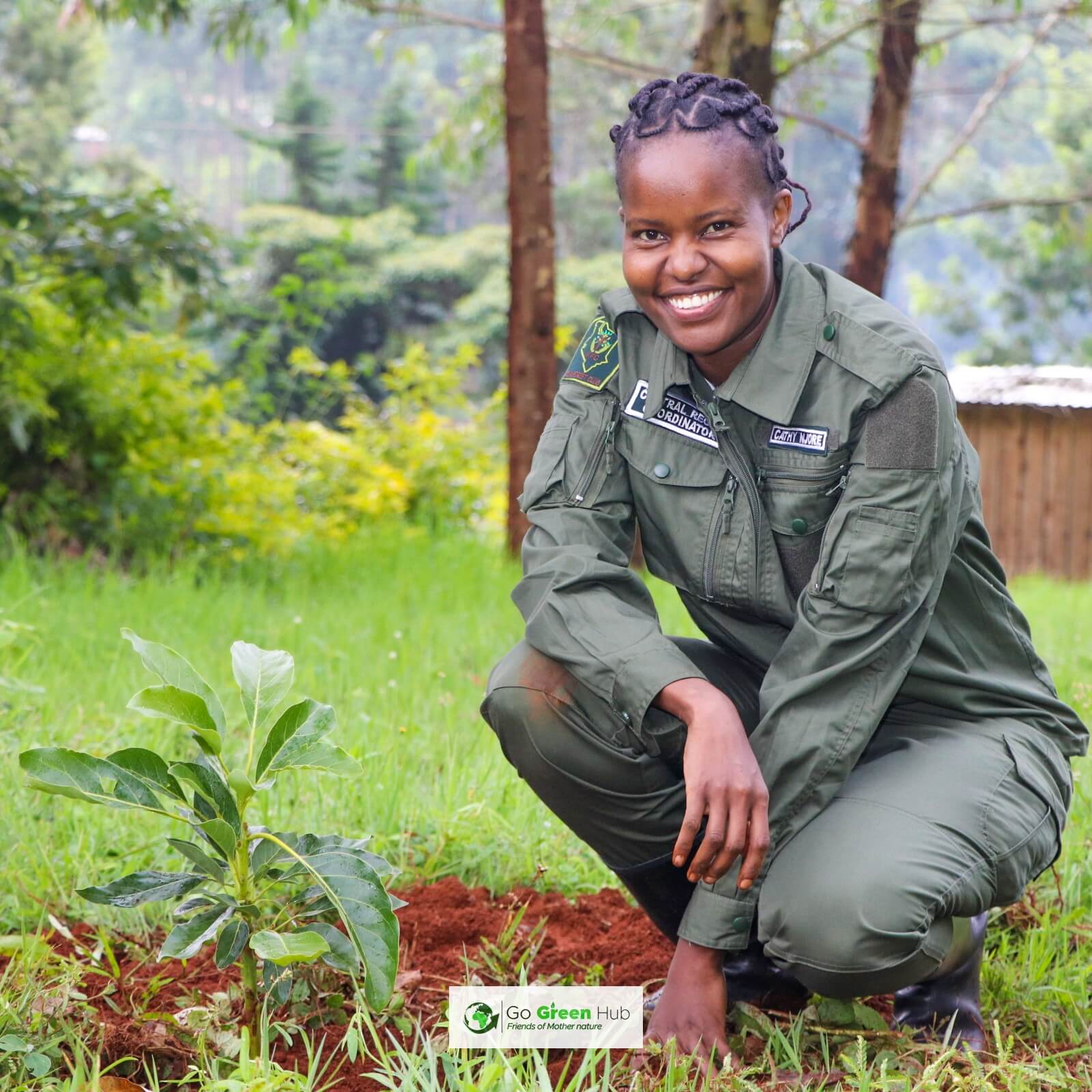
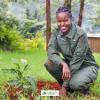






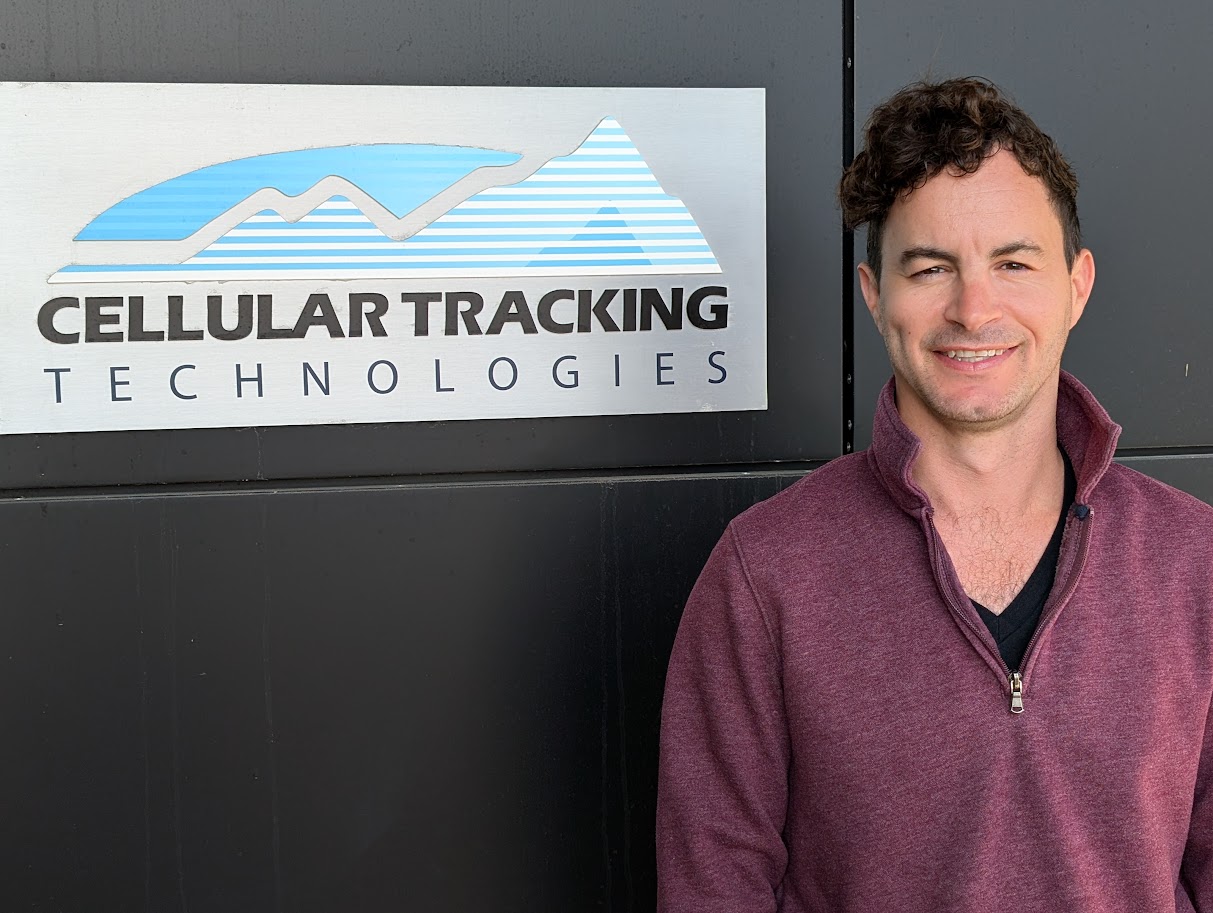


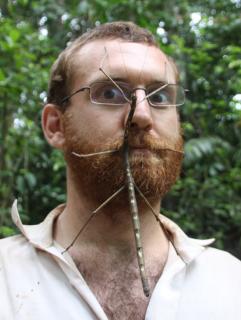
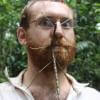



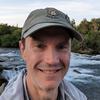




14 April 2025 1:40pm
Hi!
Is the proposing group season open ?